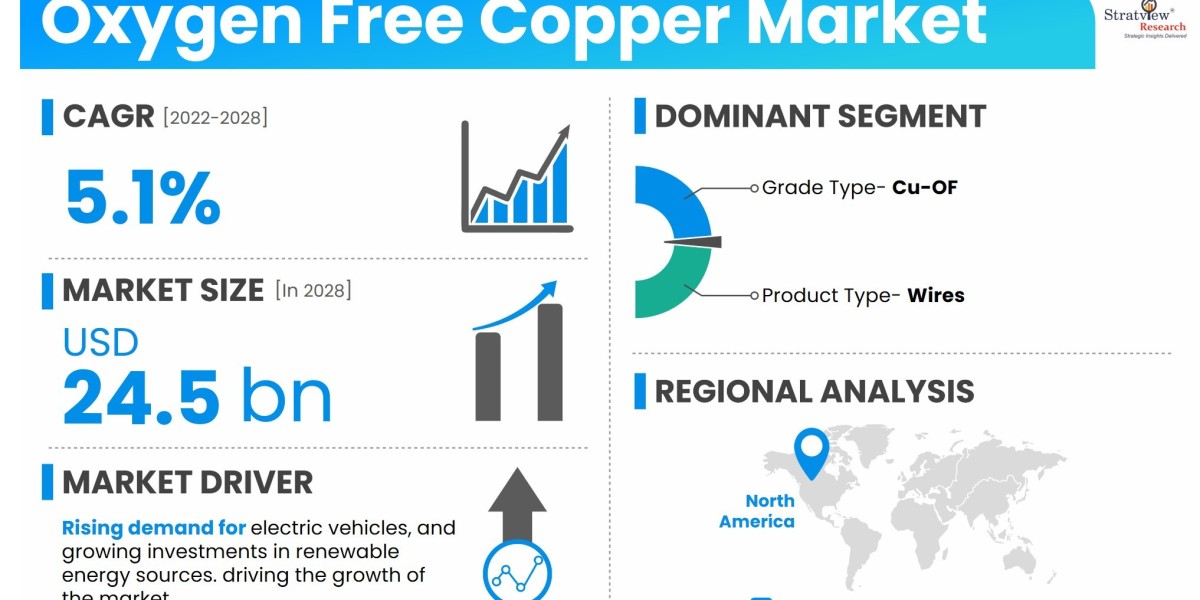Introduction
Recovered Carbon Black (rCB) is a sustainable and environmentally friendly alternative to virgin carbon black, a crucial ingredient in the manufacturing of rubber and plastic products. Recovered Carbon Black (rCB) is obtained by recycling and reusing carbon black from end-of-life tires and other rubber products. Instead of relying on the energy-intensive and carbon-emitting process of manufacturing virgin carbon black from fossil fuels, rCB is produced through a more sustainable and eco-friendly process.
"The recovered carbon black (rCB) market is likely to rebound at a promising CAGR of 11.7%, in the long run, to reach US$ 8.7 Billion in 2028."
The global market for recovered carbon black (rCB) is rapidly expanding, driven by the increasing emphasis on sustainability and environmental responsibility in industries like automotive, rubber, and plastics. Recovered carbon black is derived from end-of-life tires through pyrolysis, a process that not only helps in waste management but also reduces reliance on virgin carbon black, which is energy-intensive to produce.
The rubber industry, especially tire manufacturing, is the primary driver for rCB demand. With the automotive sector increasingly focusing on green initiatives, manufacturers are seeking eco-friendly alternatives. rCB offers a compelling solution, as it reduces the carbon footprint associated with traditional carbon black production by cutting down energy consumption and greenhouse gas emissions. Moreover, its performance characteristics, such as reinforcing properties in rubber compounds, make it a viable substitute.
Apart from its environmental benefits, cost efficiency is another factor propelling rCB’s market growth. Recovered carbon black is generally cheaper than virgin carbon black, offering manufacturers an economical choice while meeting their sustainability goals. As industries like tire production and rubber goods continue to seek out sustainable materials, rCB is expected to see significant growth in the coming years.
The future of rCB is tied to technological advancements that can further improve its quality and consistency, making it an even more attractive option for manufacturers. As regulatory pressures to reduce waste and lower carbon emissions increase globally, the rCB market is poised to play a crucial role in shaping a more sustainable future for the tire and rubber industries.
To get detailed information about the market dynamics, Register Here: https://www.stratviewresearch.com/Request-Sample/3633/recovered-carbon-black-market.html#form



